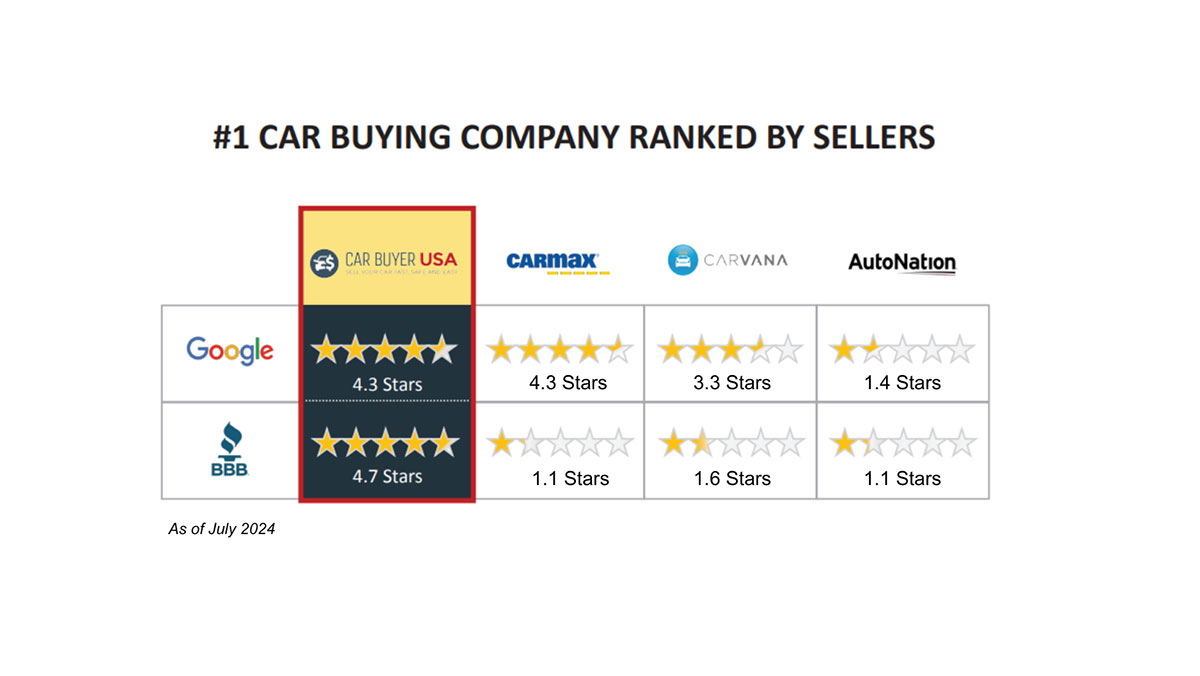
In a surprising turn of events, the once-booming new car market is facing a significant slowdown as consumers increasingly shy away from making the leap into a brand-new vehicle.
This trend is driven by a confluence of economic, technological, and environmental factors that have reshaped consumer preferences and purchasing habits.
At the heart of this shift lies the soaring cost of new vehicles, with the average transaction price reaching a staggering $47,681 in late 2022. Coupled with rising interest rates on auto loans and the lingering effects of inflation, many households are finding it increasingly challenging to justify such a substantial financial commitment. Supply chain disruptions, exacerbated by the global semiconductor chip shortage, have further compounded the issue. A semiconductor chip, also known as a microchip, integrated circuit (IC), or computer chip, is an electric circuit made of many components on a semiconductor wafer. These components include transistors, wiring, and other functional elements like resistors. The layout of the components is created by a computer and projected onto a photomask, or reticle. Production delays and limited inventory have not only driven up prices but have also left consumers with fewer choices and longer wait times for their desired models, prompting some to seek alternatives in the used car market.
Changing consumer preferences have also played a pivotal role in this shift. Some buyers are hesitant to embrace new technologies, such as advanced driver-assistance systems and connected car features, citing concerns about reliability, privacy, and data security. Additionally, a growing nostalgia for familiar designs and features found in older vehicles has contributed to the appeal of used or older models.
Environmental considerations have also emerged as a significant factor influencing consumer behavior. As awareness of the carbon footprint associated with new vehicle production and ownership grows, eco-conscious buyers are increasingly exploring alternative options, such as purchasing used vehicles or opting for more fuel-efficient or electric models available in the pre-owned market. Automakers and dealerships are now faced with the challenge of adapting their strategies to address these consumer concerns and regain confidence in the new vehicle market. Innovative approaches, such as offering more transparent pricing, embracing sustainable manufacturing practices, and addressing privacy and data security concerns, may be necessary to win back the trust of consumers and reignite their enthusiasm for new cars.
As the automotive industry navigates this shifting landscape, one thing is clear: the days of unwavering consumer demand for new vehicles are waning, and a more discerning and environmentally conscious buyer is emerging, reshaping the future of the new car market. To stay relevant and competitive, automakers must be willing to evolve alongside these changing consumer attitudes, offering products and services that align with the values and priorities of today's car buyers. Only by embracing this transformation can the new car market hope to regain its former momentum and continue to thrive in the years to come.


